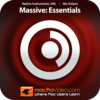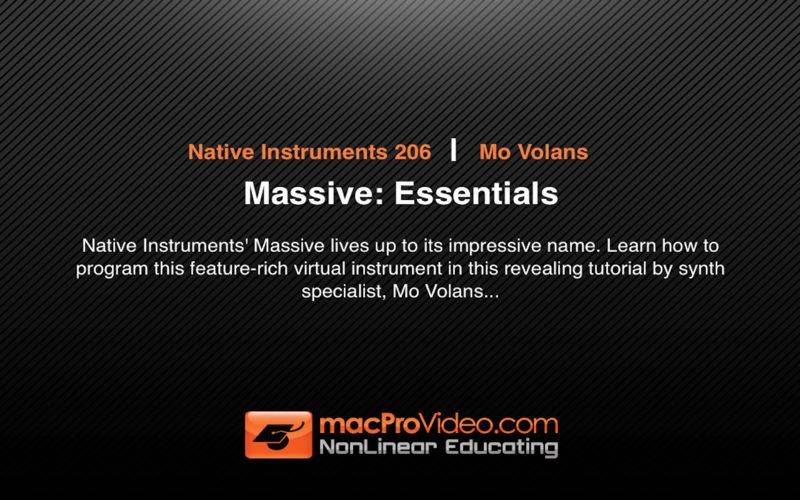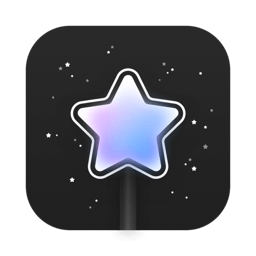点击按钮跳转至开发者官方下载地址...
Native Instruments' Massive lives up to its impressive name. Learn how to program this feature-rich virtual instrument in this revealing tutorial by synth specialist, Mo Volans...
Not big... Not huge... Nor gigantic... But MASSIVE! That’s exactly what this awesome powerhouse synth is all about! However, a massive synth needs a bit of massive explaining. That’s why we handed this project over to Mo Volans; Mo knows synthesis inside out. And in this tutorial you’ll get a road map of the essential functions, routings, waveforms and modulation options that make Massive such a unique synth and a sound designer’s dream come true!
Right from the beginning you’ll learn all about Massive’s basic design and synthesis modules. Mo starts out with a look at all of this synth’s oscillators and sound generators. Next up you’ll dive into the amazing multi-mode filters, effects and master sections. Once these main features are covered, Mo makes sure that you get a deep look at Massive’s more in-depth features: the advanced envelopes, complex modulators, as well as the different performance controls that lurk beneath the virtual faceplate of this NI beast.
The second part of this tutorial digs deeper into programming. There’s no better way to learn synthesis that by watching a pro like Mo Volans take the controls and build some sonic masterpieces from scratch.
So if you’re looking to design those really big, huge, gigantic, MASSIVE sounds, sit back and learn some cool synthesis techniques from MPV’s synth expert, Mo Volans.
Table of contents:
1. Why Choose Massive?
2. Some Example Patches
3. What We’ll Be Covering Here
4. Massive’s Main Oscillators
5. The Modulation Oscillator
6. The Noise and Feedback Generators
7. Massive’s Multi-mode Filers
8. The Master and Effects Sections
9. Using the Patch and Attributes Browser
10. Assigning Massive’s Envelopes
11. An Overview of Massive’s LFOs
12. The Performance and Step Modulators
13. The Option Tabs
14. The Macro Controls
15. What Are Essential Patches?
16. Saving and Loading Your Creations
17. Choosing Your Oscillators
18. Setting Up a Dynamic Filter
19. The Amplitude Envelope
20. Effects and Final Tweaks
21. More Complex Oscillator Textures
22. Subtle Filtering and Envelope Tweaks
23. Using Effects for Depth and Atmosphere
24. An Example of a Few Synth Effects
25. Using Noise and Self Oscillation
26. LFOs, Envelopes and Macros
27. An Overview of the Synth Lead Patch
28. Combining Macros and External Controllers







